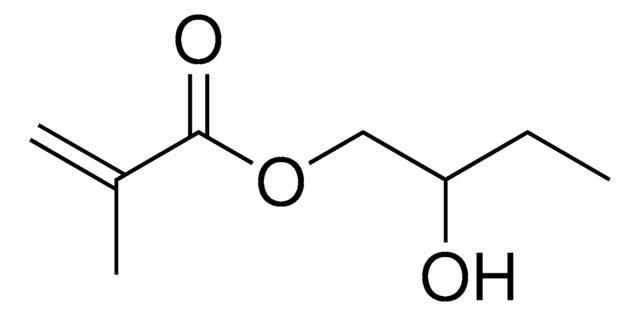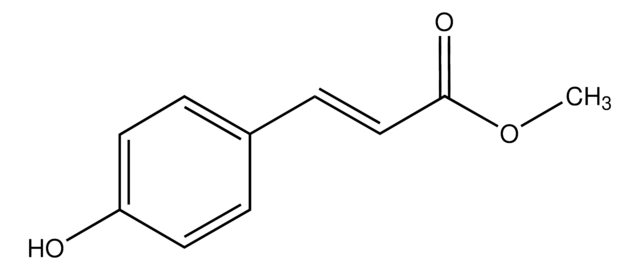407364
2-Hydroxy-3-phenoxypropyl acrylate
contains 250 ppm monomethyl ether hydroquinone as inhibitor
Synonym(s):
(2-Hydroxy-3-phenoxypropyl) prop-2-enoate, 3-Phenoxy-2-hydroxypropyl acrylate
About This Item
Recommended Products
form
liquid
Quality Level
contains
250 ppm monomethyl ether hydroquinone as inhibitor
refractive index
n20/D 1.528 (lit.)
density
1.16 g/mL at 25 °C (lit.)
SMILES string
OC(COC(=O)C=C)COc1ccccc1
InChI
1S/C12H14O4/c1-2-12(14)16-9-10(13)8-15-11-6-4-3-5-7-11/h2-7,10,13H,1,8-9H2
InChI key
HHQAGBQXOWLTLL-UHFFFAOYSA-N
Application
signalword
Danger
hcodes
Hazard Classifications
Aquatic Chronic 2 - Eye Dam. 1 - Skin Sens. 1B
Storage Class
10 - Combustible liquids
wgk_germany
WGK 2
flash_point_f
345.2 °F - closed cup
flash_point_c
174 °C - closed cup
ppe
Eyeshields, Gloves, type ABEK (EN14387) respirator filter
Choose from one of the most recent versions:
Already Own This Product?
Find documentation for the products that you have recently purchased in the Document Library.
Customers Also Viewed
Our team of scientists has experience in all areas of research including Life Science, Material Science, Chemical Synthesis, Chromatography, Analytical and many others.
Contact Technical Service














